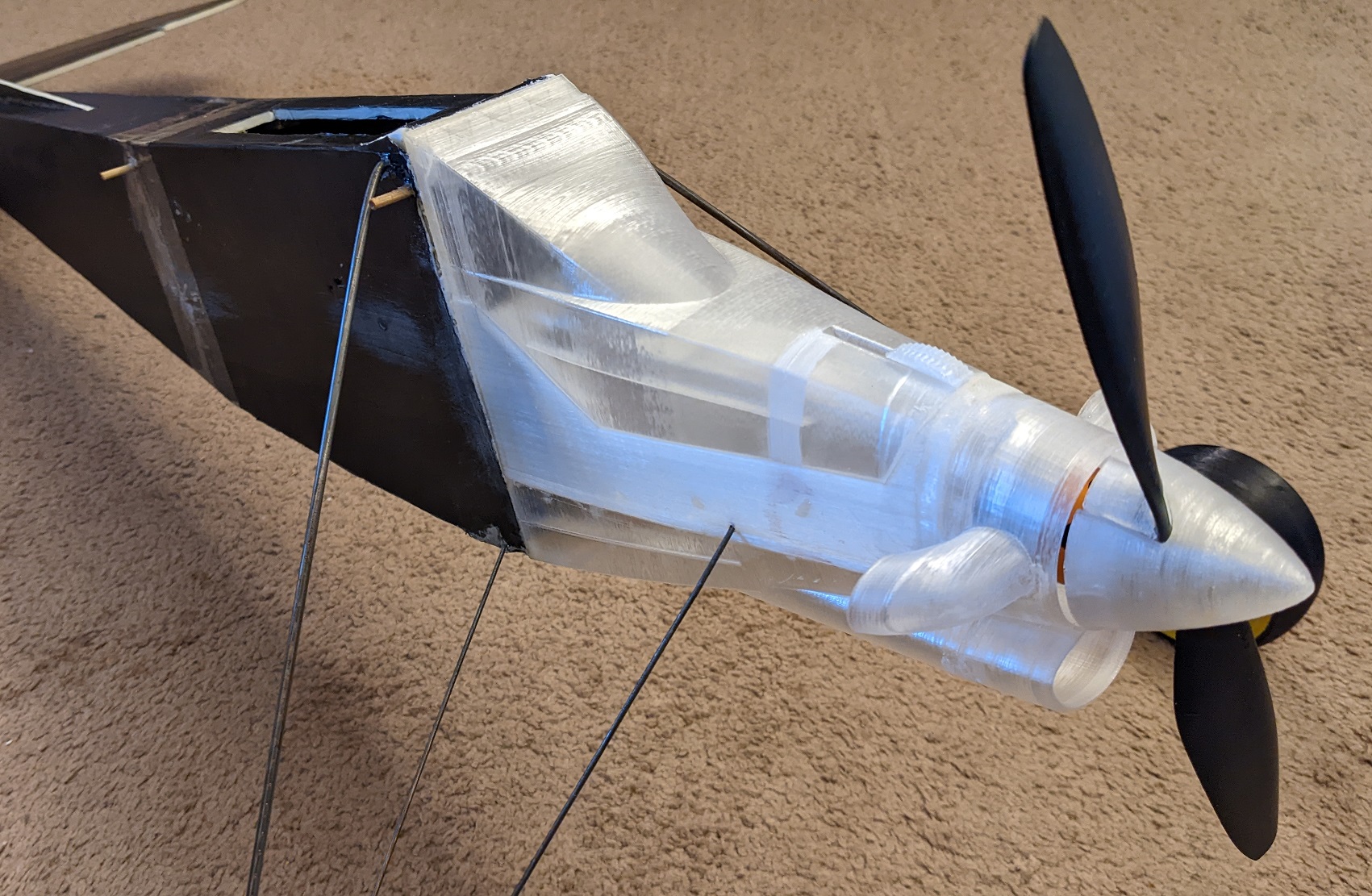Inq
Elite member
I just found out today that our flying club has Vacuum Forming gizmo to make canopies. I was thinking I could CAD up a canopy and 3D Print the form. I've never vacuum formed anything. I don't know what I don't know, so any advice, references, links would be very helpful. For my first one, I'm thinking about doing a canopy that'll fit the FT Spitfire Speed. A couple of questions to get started:
- I'm assuming the form needs to be pretty strong. Any suggestions on wall thickness and Infill density?
- How much detail will show in a finished canopy? IOW - How much sanding of the 3D Print Layers to smooth them out will I need to do?




